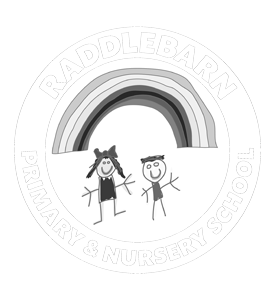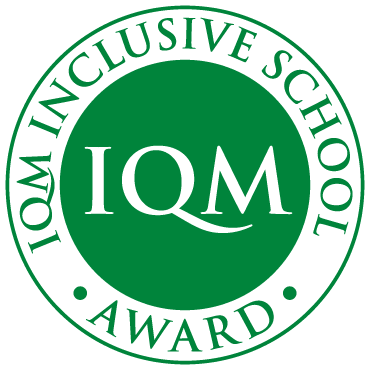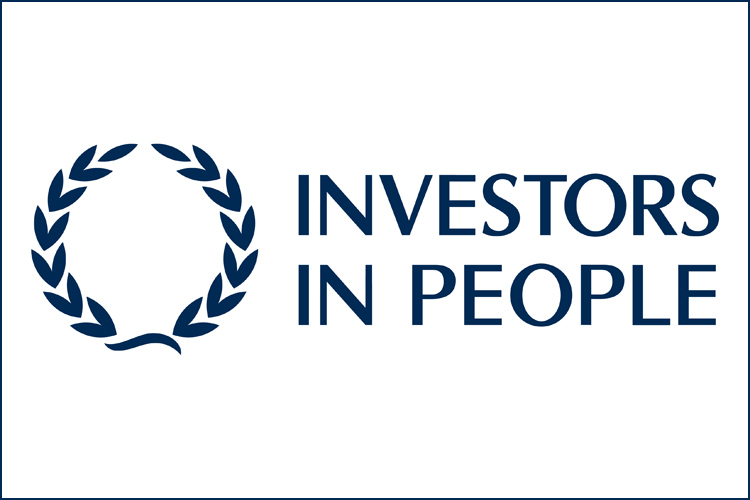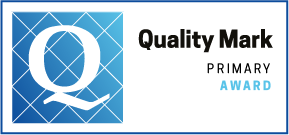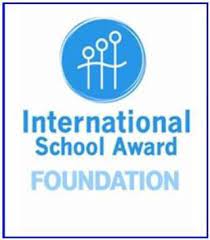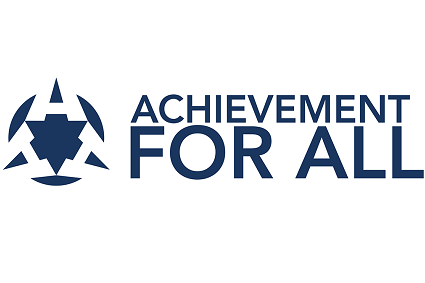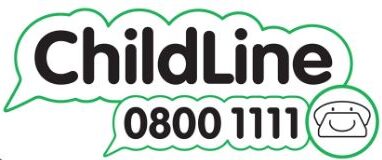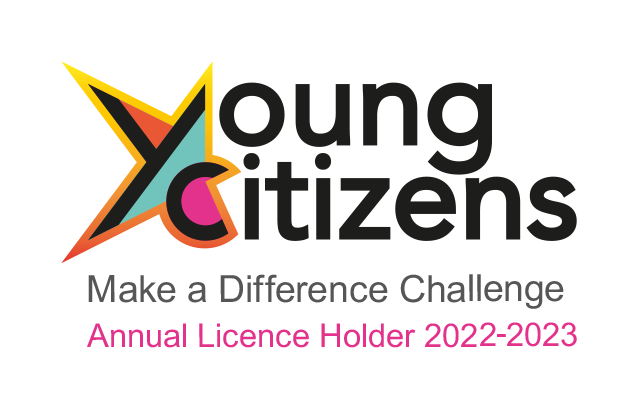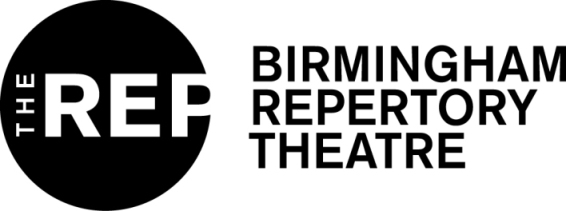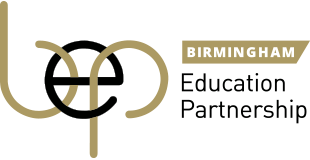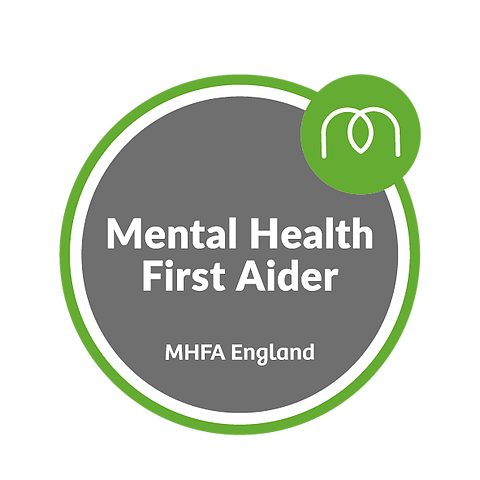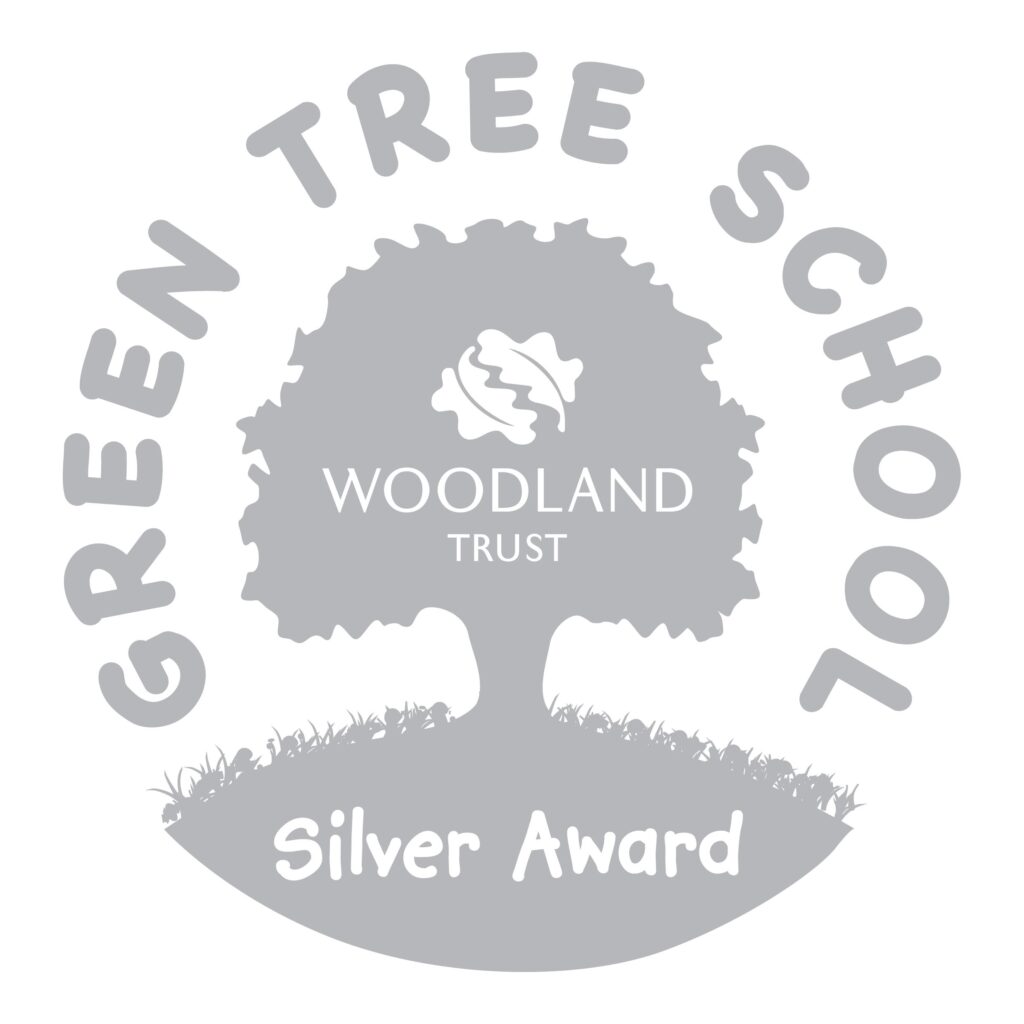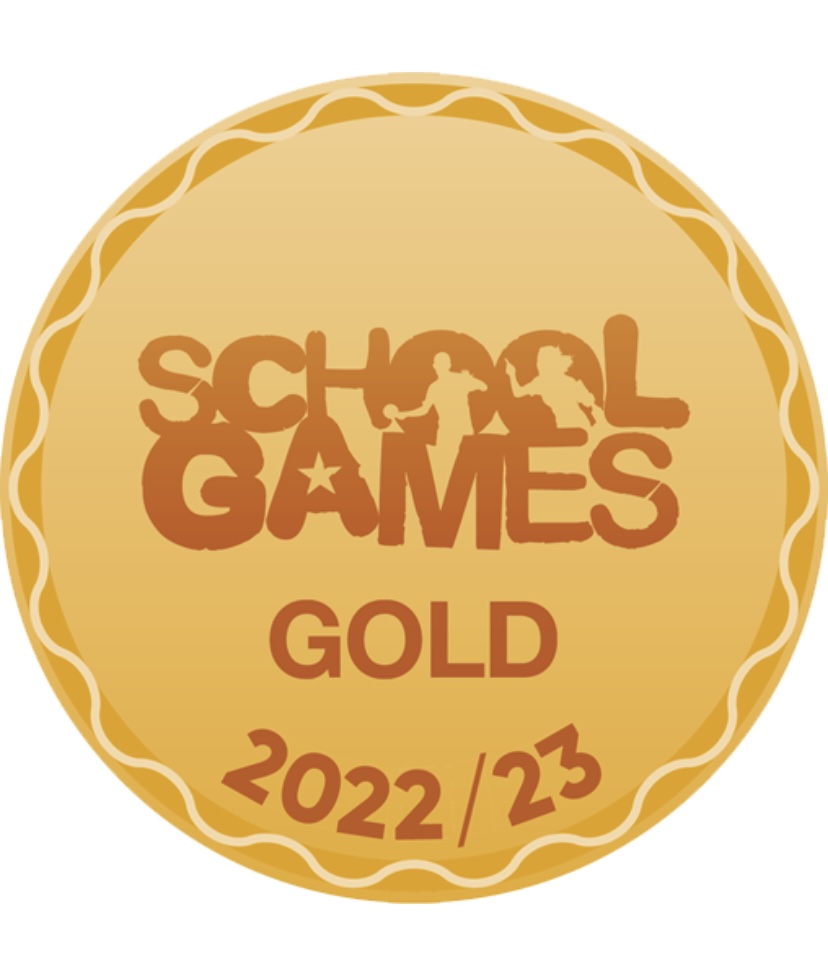 Intent
Intent
The mathematics curriculum at Raddlebarn is rooted in a triple emphasis on fluency, reasoning and problem solving, through which we aim for all children to build a deep understanding of concepts so they can apply their skills fluently and flexibly in a variety of familiar and unfamiliar contexts. We aim to encourage and develop their security and confidence in the subject, which is a valuable skill for life-long learning. To complement our school’s mission statement: ‘Success for all’, we encourage children to see themselves as mathematicians and firmly believe everyone can find success through maths enquires, investigations and problem solving.
We aim for all children to become fluent in the fundamentals of mathematics and have the opportunity to express their learning in a variety of ways. We seek to ensure children can reason mathematically by providing justifications or proof using mathematical language.
At Raddlebarn, we promote high standards of mathematics, aiming to equip pupils with a strong command of mental and written calculations, and develop their love of mathematics through exploring cross-curricular links in the subject, where possible.
Implementation
The foundations for teaching Mathematics are begun in the Early Years Foundation Stage, with the development of a high-quality Mathematics programme, planned within the Mathematics section of the Statutory Framework for the Early Years Foundation Stage (2021) and supplemented by Development Matters (2021) The teaching of Mathematics in Key Stage 1 and 2 is underpinned using the Mathematics Programme of Study from the DfE’s National Curriculum (2014).
We teach high-quality maths lessons which include appropriate challenges for all children, regular Assessment for Learning (AfL) and rapid recall (RR) opportunities, peer and self-assessment, mixed ability classes that have the opportunity to learn collaboratively through our ‘Kagan’ approach, clear modelling using concrete resources where necessary (base 10’s, numicon and place value counters), and reasoning and problem-solving activities to develop mathematical thinking. We seek to achieve this by using concrete, pictorial and abstract resources whilst placing mathematics in real life contexts wherever possible. Children are challenged to explain their thinking and to convince others why they believe a statement maybe correct or incorrect. Sentence stems are provided to help children articulate their reasoning responses.
To help guide teachers in structuring and shaping the sequence of learning, we use high-quality planning resources which include those from the White Rose Maths Hub, NCETM and NRich documents. Depending on the needs of the class, teachers often revisit and revise curriculum content in order to ensure maths skills and knowledge are fully embedded. Teachers also use ‘Raddlebarn’s Calculation Policy’ to ensure a consistent approach to teaching the written methods for the four operations. Children with additional learning needs are provided with targeted scaffolds designed to help access the learning in the classroom. For those children working outside of their year group, learning activities are provided to ensure they make good progress.
Assessment forms an integral part of the planning cycle to ensure we have an appropriate sequence of learning. Teachers use summative and formative assessments to ensure they have a secure knowledge of children’s understanding of key objectives. At the end of each topic, children complete a ‘Chance to Shine’ assessment activity which give teachers useful information of the objectives taught and if key concepts need to be addressed before moving on with new learning.
Feedback is given to children in line with our Feedback and Marking policy. In lessons, children will become familiar with ‘Procedural’ and ‘Conceptual’ understanding of the objectives in each lesson and have the chance to reflect on their learning through self-assessment.
Impact
There are a number of key indicators that will show we are making a positive impact on children’s maths learning. At Raddlebarn, we can see that children have a secure understanding of number and place value in the Early Years to prepare them for new concepts moving into KS1 which we monitor through our data inputs.
Through pupil voice discussions, children often talk positively and enthusiastically about maths. They often speak about how they love learning different concepts throughout their time at Raddlebarn and having access to a variety of challenges. They are able to articulate the need for maths and the importance of it for the wider world.
It is evident that children are able to apply learnt mathematical skills and knowledge across reasoning and problem-solving activities, and outcomes in maths books highlight solid understanding of the objectives being taught and evidence the learning taking place.
Through various events and maths themed days, children develop skills to tackle challenging problems and the apply learnt skills to unfamiliar tasks they may face which then leads to positive impact on children’s mental health.
With children’s learning and success being at the heart of Raddlebarn, our data confirms that we have positive trends in progress and attainment throughout the school, with KS2 SATs results meeting the national average. We have seen a strong percentage of children achieving the higher standard in maths at the end of KS2. Throughout recent years, Raddlebarn have seen pupil premium, higher prior attainers, SEND and EAL groups making accelerated progress.
Key Concepts
The key concepts that are studied and revisited in maths in each year group are:
| Number | The first mathematical skill is basic number sense. Number sense is the order and value of numbers. A number is a mathematical object used to count. |
| Pattern | A pattern is a repeated design or recurring sequence. This could be an ordered set of numbers, shapes or mathematical objects arranged according to a rule. |
| Shape and Space | Shape and space refers to the properties of objects and the consequences of how these objects are positioned. Space is a set with added structure. Shape is the form of an object and how it is laid out in space. |
| Measure | Measure is a number that shows the size or amount of something. Usually, the number is in reference to some standard measurement. |
| Geometry | Geometry is a branch of mathematics concerned with questions of shape, size, and relative position of figures and the properties of space. |
| Statistics | Statistics is the study of collection, analysis, interpretation, presentation and organisation of data. |
| Algebra | Algebra is a branch of mathematics dealing with symbols and the rules for manipulating those symbols. |
| Reasoning | Mathematical reasoning is the skill that enables a learner to make use of all other mathematical skills. With mathematical reasoning, mathematics makes sense and can be understood. |
Supporting Documents:

